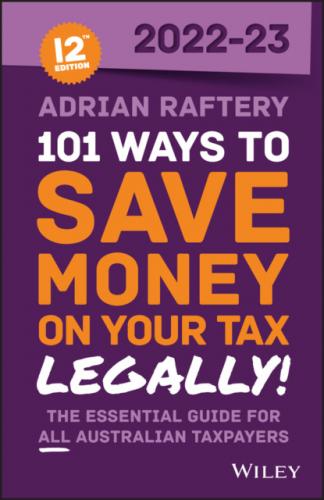There is no CGT if you transfer a property to your former spouse under a court order following the breakdown of your marriage.
This rollover ensures the spouse who gives the assets disregards a capital gain or capital loss that would otherwise arise, and the one who receives the asset (the transferee spouse) will make the capital gain or capital loss when they subsequently dispose of the asset.
If you and your spouse divide your property under a private or informal agreement (not because of a court order, a binding financial agreement, an arbitral award or another agreement or award), marriage or relationship breakdown rollover does not apply.
Transfer of superannuation
The splitting of superannuation between divorcing partners is similarly treated as a rollover. As the funds are not being released as a payment, this rollover split does not need to wait until retirement.
Child support and spouse support payments
You do not need to include any child support or spouse support payments that you may receive in your taxable income, but they are part of your adjusted taxable income calculation for tax offset purposes. Similarly, there is no tax deduction available for child support or spouse support payments.
The ATO cooperates with the Child Support Agency to:
supply information to the Child Support Agency for the purpose of calculating child support payments
encourage lodgement of outstanding tax returns
recoup child-support debt from tax returns.
Some may say that binding financial agreements defeat the purpose of marrying based on the values of love and trust, but seeking legal advice on setting up a binding financial agreement could be a good preventative measure against a bag egg. Love hurts, but divorce can be expensive. Make sure you consult a lawyer before drafting up any such agreement.
While it is tempting not to lodge income tax returns for a number of years to avoid any increase of child support payments, you could be missing out on a number of other benefits (including substantial tax refunds and government concessions) or simply accruing extra late lodgement penalties with the ATO.
11 DEATH
Three things in life are certain — taxes, death … and taxes on death! Unlike other countries, there is no gift or inheritance tax in Australia. But don't be fooled because certain transactions that occur as a consequence of a person's death are taxed.
Date of death return
Executors of deceased estates are required to finalise the tax affairs of the deceased person, including any outstanding tax returns.
The final personal tax return of the deceased person with their personal TFN is known as the ‘date of death return’ and covers the period from the previous 1 July to the date of death. It should include all assessable income derived by the deceased person and all the tax-deductible expenses incurred up to the date of death.
The general individual tax rates, with the full tax-free threshold, apply to the final tax return as well as the Medicare levy and Medicare levy surcharge. Any compulsory Higher Education Loan Program (HELP) or Student Financial Supplement Scheme (SFSS) repayments are also included, but the remaining accumulated HELP debt is cancelled.
Ordinary losses as well as capital losses will lapse at the time of death and cannot be carried forward into the deceased estate. If possible, try to use these capital losses prior to death by selling any assets that have appreciated in value.
Deceased estate returns
Income derived after the date of death, and any deductible expenses incurred after the date of death, are included in the deceased estate's trust return. Tax returns will need to be lodged in future years until the estate is fully administered and no longer deriving income.
For the first three tax returns, deceased estate income — to which no beneficiary is presently entitled — is taxed at the general individual rates, with the benefit of the full tax-free threshold. No Medicare levy is payable. In the fourth and subsequent years, the concessional period is not extended and special progressive trust tax rates will then apply, as set out in table 1.6.
TABLE 1.6: deceased estate tax rates (2022–23)
Source: © Australian Taxation Office for the Commonwealth of Australia.
| Deceased estate taxable income (no present entitlement) | Tax rates |
|---|---|
| $0–$416 | Nil |
| $417–$670 | 50% of the excess over $416 |
| $671–$45 000 | $127.30 + 19% of the excess over $670 |
| $45 001–$120 000 | $8550 + 32.5% of the excess over $45 000 |
| $120 001–$180 000 | $32 925 + 37% of the excess over $120 000 |
| $180 001 and over | $55 125 + 45% of the excess over $180 000 |
A new tax file number is required to lodge a deceased estate's tax return.
Beneficiaries
A beneficiary is a person who receives all or part of the deceased estate. There may be some tax obligations for beneficiaries, depending on the nature of any distribution they may receive. If the trust distribution consists of:
Corpus. There is no tax payable.
Income. Tax is payable at the beneficiary's marginal tax rate.
Assets. There may be capital gains tax on subsequent disposal; see p. 112 and p. 134.
Funeral expenses are not tax-deductible, nor are they eligible for the medical expenses tax offset.
12 FAMILY TRUSTS
Trusts
